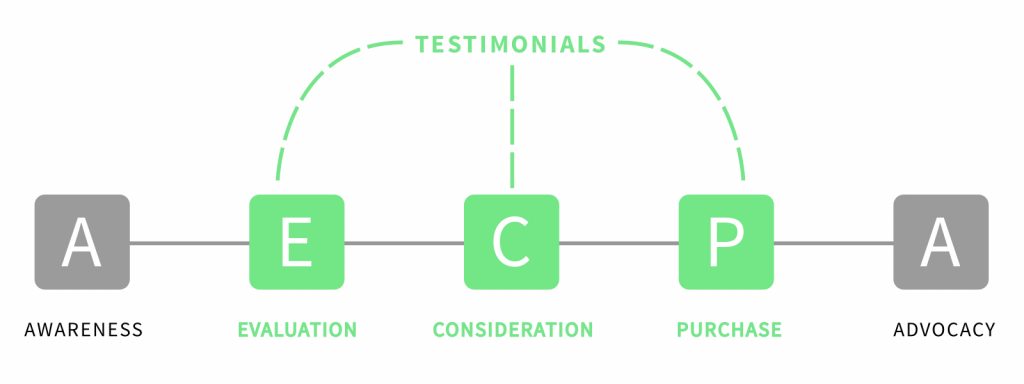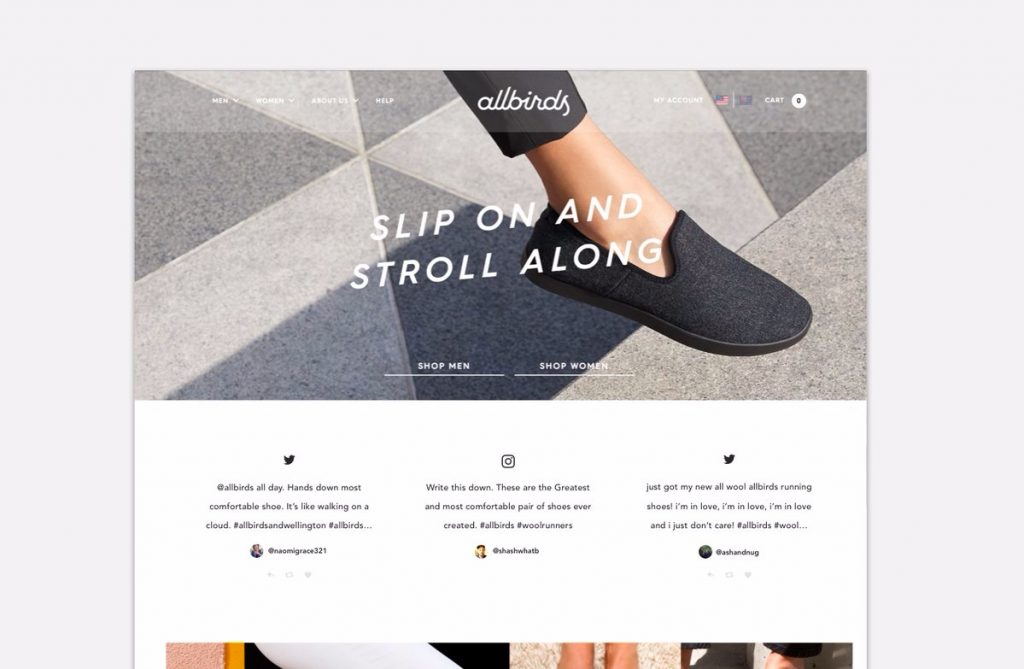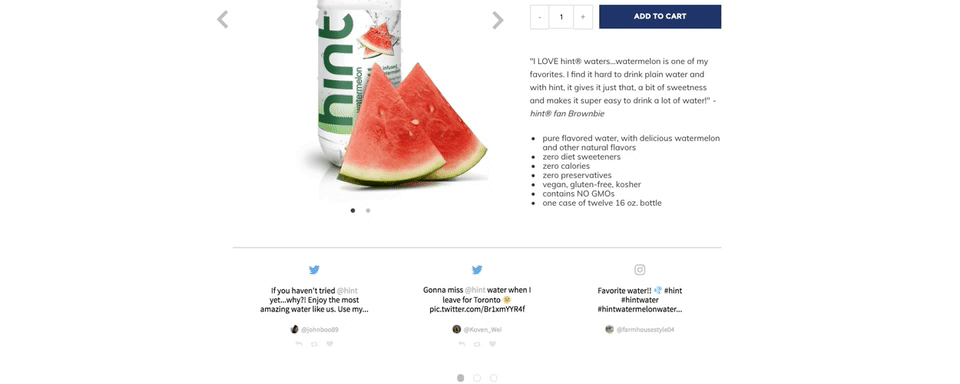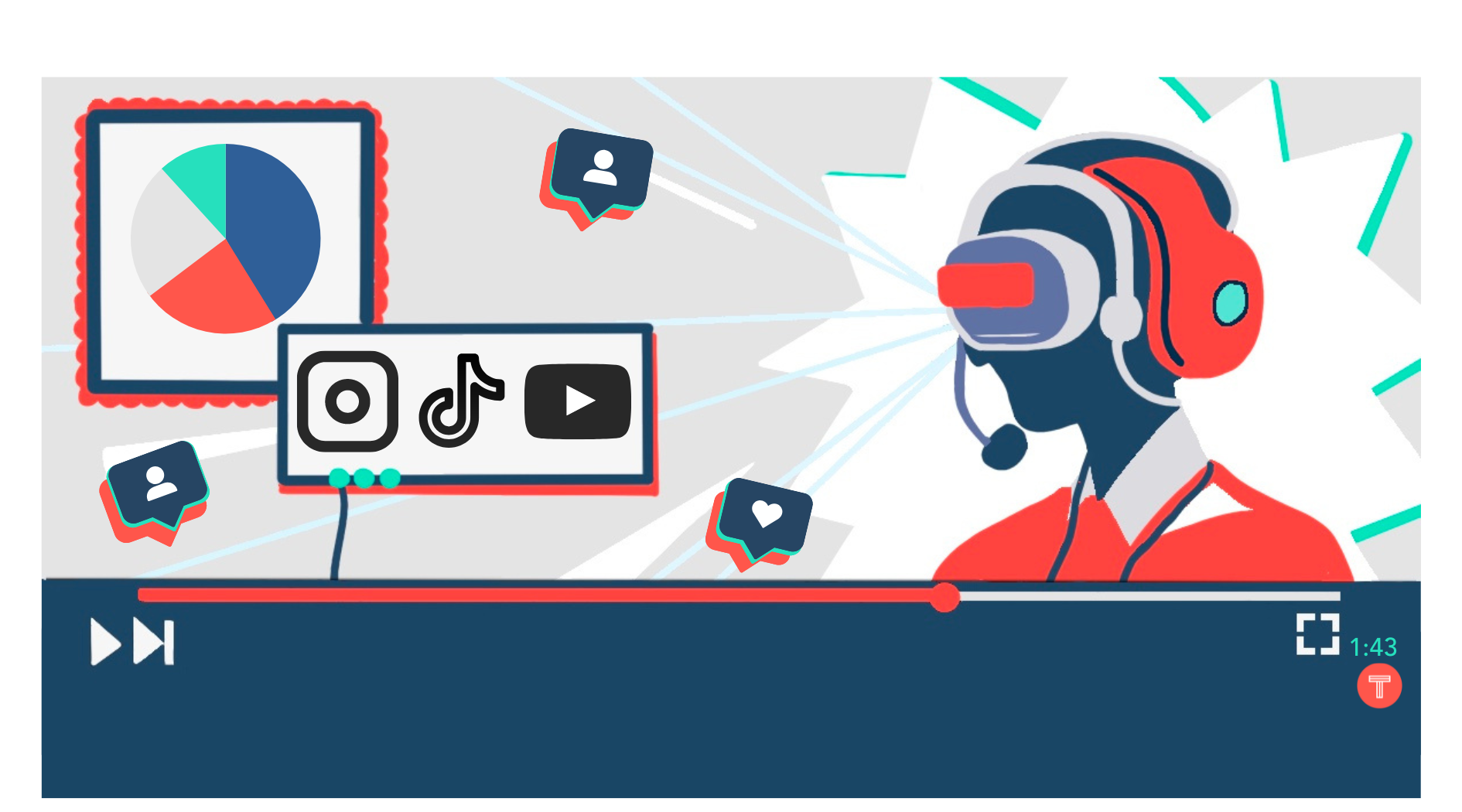We rely on testimonials in one form or another on a daily basis. Your friend tells you about a new flavor of LaCroix, and you order a pack on Amazon. Your coworker Slacks you about a tech newsletter she signed up for, so you subscribe. We’re curious to try new things because we try to improve ourselves and seek better outcomes. But new things can be risky, and outcomes are unpredictable. Testimonials from friends and people we trust can reduce this risk. Unlike intrusive advertising, testimonials establish trust within a customer base; building social proof. In fact, 92% of consumers trust user opinions more than traditional advertising (Nielsen).
Where Can I Find Customer Testimonials?

It is likely that you are sitting on a mound of user feedback and reviews in the form of user-generated content (UGC). Your fans create user-generated content on social networks like Instagram and Twitter. They leave reviews on sites like Google Reviews and Yelp. Capture and transform this content into authentic and insightful testimonials. Then display them on landing pages, display screens, brochures, or even weekly newsletters to drive more sales.
Why source UGC testimonials versus hiring copywriters and generating stock imagery?
- UGC testimonials are scalable. It is cheaper to get thousands of posts from fans than it is to hire a team of writers, photographers, and designers.
- UGC testimonials are relatable. People resonate more with imagery of products in real-life settings. They can picture themselves in a user-generated photo more so than in a stock photo.
How Do I Effectively Position User-Generated Testimonials?
Once you have a few pieces of UGC ready to use as testimonials, placement is key. Assessing proper placement requires paying close attention to the buyer journey. This journey breaks down into the five following steps.

- Awareness: When a potential buyer first hears about or discovers your brand
- Evaluation: If interested, the prospect evaluates your offering and conducts research
- Consideration: The prospect visits your brand’s website for more details
- Purchase: Cha-ching $. The prospect becomes a customer
- Advocacy: The customer finds value in your product and shares the experience
Applying testimonials to all stages of the buyer cycle, however, does not make sense. For example, running a Facebook ad using a review about an image-hosting service to raise awareness about your brand, might prove to be ineffective if your audience has no idea who your brand is or what it does. To make the best of customer testimonials, use them in the Evaluation, Consideration, and Purchase phases of the buyer journey.

Evaluation

During the evaluation phase, prospects use tools like Google Search, Yelp, Trip Advisor or similar portals to research your product or service. They may come across blogs with reviews generated by your audience. 25% of search results for the World’s top 20 largest brands are links to user-generated content (Kissmetrics, 2014). These could determine whether or not they stick with your brand when moving onto the next phase.
Consideration

Once a prospect moves onto the consideration phase, he or she will visit your website for more information on the product of interest. Consistency plays a significant role in all stages of the buyer journey, but it’s especially important in this one. You should pick and choose UGC that matches the customers’ needs at this phase, and display it in the form of engaging and personalized testimonials.
Purchase

Testimonials shouldn’t be limited to a single page on your website. They should also be displayed on product specific pages, and be tailored to match the product they are reviewing. It’s important to utilize engaging UGC at this stage, and ensure that testimonials work properly in a mobile environment as well.
Take it a Step Further
Besides enticing buyers, testimonials evaluate how your customer base perceives you and your products. Maybe they presentegative reviews are not necessarily bad. They drive accountability and offer a chance for brands to right their wrongs. By keeping a close ear to the ground, brands can discover common misconceptions or problems users are having, and act quickly to resolve issues for future buyers.
oh no – that shouldn’t be happening! Shoot us a note at help@allbirds.com so we can make it right.
— Allbirds (@Allbirds) August 12, 2016
Using TINT to Avoid Stale Testimonials
Once testimonials are in place, it’s important to keep them fresh. As a consumer, I don’t care how well your product or service performed ten years ago; I care about how it works now. Real-time or recent testimonials are much more trustworthy.

With TINT it takes seconds to transform any Instagram post or Tweet into a swaying customer testimonial and keep it up-to-date with a few clicks. TINT’s powerful moderation features and filters allow you to find the best content, add your brand’s personal touch, and embed it anywhere within minutes! If you are interested in utilizing user-generated testimonials to drive more sales, TINT’s Testimonial Theme can help.




